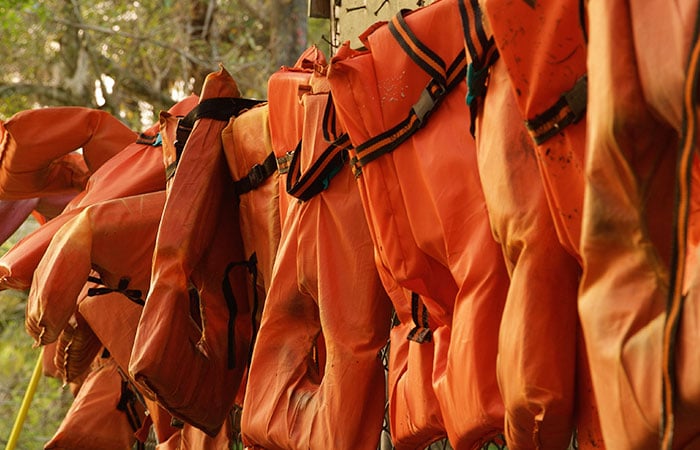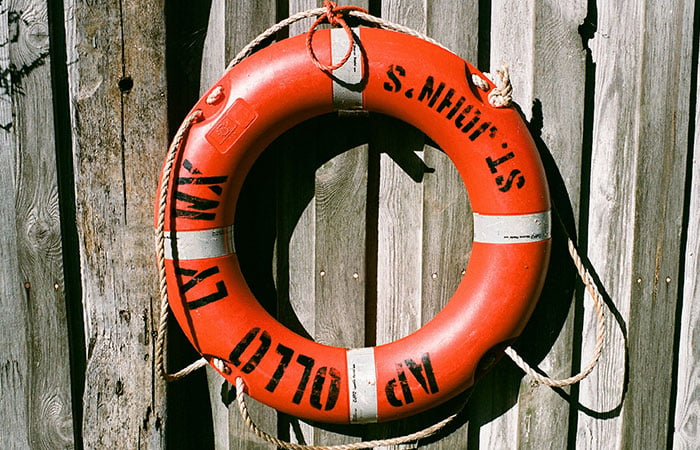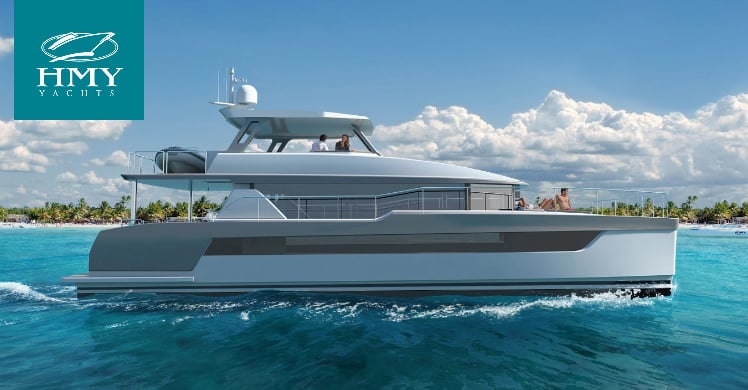Boating and Yacht Safety for All Age Levels
Boating and yachting can be an enjoyable way to explore waterways throughout the world. Whether your vessel is small and you confine your travels to local lakes and rivers or you have a fancy watercraft that’s large enough to be seaworthy, you will need to follow safety guidelines to ensure that no harm comes to the vessel or anyone aboard. The rules of driving on the water are different from those observed by drivers on land, although there are some similarities. The driver of a boat or a yacht must follow navigational rules set forth by the U.S. Coast Guard.
The rules of waterway navigation apply equally to everyone on the water, regardless of the type or size of the vessel. All vessels must maintain a safe speed so that the driver has plenty of time to take action if they are suddenly confronted by a hazard on the water. A safe speed is determined by the current visibility, the density of other boat traffic, the driver’s ability to manage the vessel, the weather conditions, and the depth of the water. Boating regulations do not set firm speed limits as with land travel. A boat may be found to be traveling at an excessive speed if the speed is greater than what would be reasonable or safe for the current conditions. Law enforcement agencies do regularly patrol waterways used by watercraft, and boaters may receive citations for excessive speed or the reckless operation of a vessel. Those operating watercraft must also be constantly vigilant about their surroundings, looking out and listening for any potential dangers.

Safe boating involves a number of precautions. A life jacket should be present in the boat for every person on board. Ideally, everyone aboard should wear a life jacket at all times, but any occupants younger than age 13 are required to wear life jackets during the entire excursion. For optimal safety, one person should be appointed as a lookout to assist the driver. This ensures that at least two people are watching and vigilant of surrounding situations at all times. Boaters must look out for hazards including other vessels, swimmers, aquatic life, submerged objects, and areas of shallow water that could cause the vessel to run aground. Anyone who plans to drive a boat should enroll in and complete a boater education class to make sure that they know how to keep themselves, their passengers, and their vessel safe from harm. Much the same as when driving a car or truck on land, the driver of a boat must never consume alcohol or drugs while operating the watercraft. When a boating accident involves alcohol, the likelihood of fatalities doubles.
Boat propellers can be a particularly dangerous thing for anyone in or around a boat. The propeller of a boat generally rotates at 3,200 revolutions per minute. Safety devices are available that will shut off the engine in situations where the boat itself or its propeller are in danger of causing harm, and these are a wise investment. A boat operator might wear such a device on a lanyard around their neck to ensure instant access to it at all times. The location of the propeller must remain free and clear of people at all times. Before starting the boat, the operator should walk around the boat to make certain that the area is clear. Accounting for all passengers before starting the boat is also a wise policy. Tell passengers where the propellers are located, and warn them about the dangers of the propellers so they will avoid them. In addition, do not operate a boat in an area where swimmers are in the water. If anyone ever falls overboard, proceed cautiously to retrieve them. Move the boat slowly to circle back to where the person is, having a passenger maintain sight of the person in the water at all times. Cut the power to the engine before attempting to bring the person back on board again.

Yacht safety is not unlike general boat safety. The safety equipment for yachting may be extensive, but these tools can help make sure that all of the passengers stay safe. In addition to life jackets, yachts should have search lights that will enable the driver to see better after dark or during inclement weather. Search lights should be powered both by batteries and by the vessel’s power system. An emergency steering system is a good idea, as it can serve as a backup tiller in the event of a system failure. Man-overboard equipment should include components that will make it easier to retrieve a person who falls overboard. Other safety equipment that should be on board includes fire extinguishers, flares, bilge pumps, and a two-way radio for communication. If buying a used yacht, make sure that all of this gear is in place before taking the vessel out on the water for the first time. In addition to having these items, crew members must know how to use all of the safety equipment so that they can act quickly if there is an emergency.
- A Boater’s Guide to the Federal Requirements for Recreational Boats (PDF)
- Safety Equipment Compliance (PDF)
- Yacht and Safety Briefing Checklist (PDF)
The Centers for Disease Control and Prevention estimate that more than 70 percent of boating accidents occur due to operator error, so it’s important that drivers make sure that they’re fully equipped both with gear and with knowledge before they head out on the water. A boating education course can help reduce the incidence of accidents. In addition, the U.S. Coast Guard Auxiliary and the United States Power Squadron offer vessel safety checks for boaters as a way to help boaters ensure that they are operating their watercraft safely and legally. With attention to boating safety and maintenance of equipment, boaters can have enjoyable and safe outings on the water.

